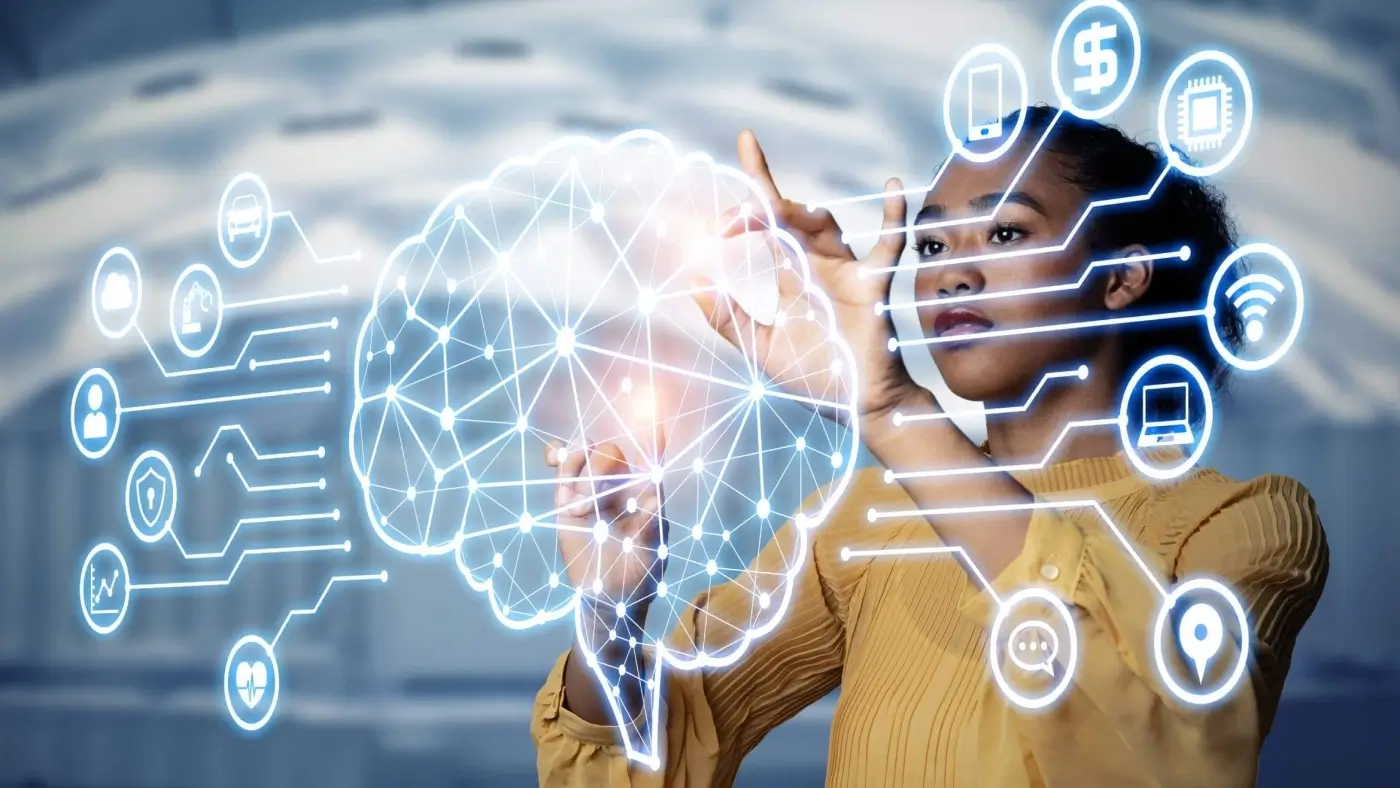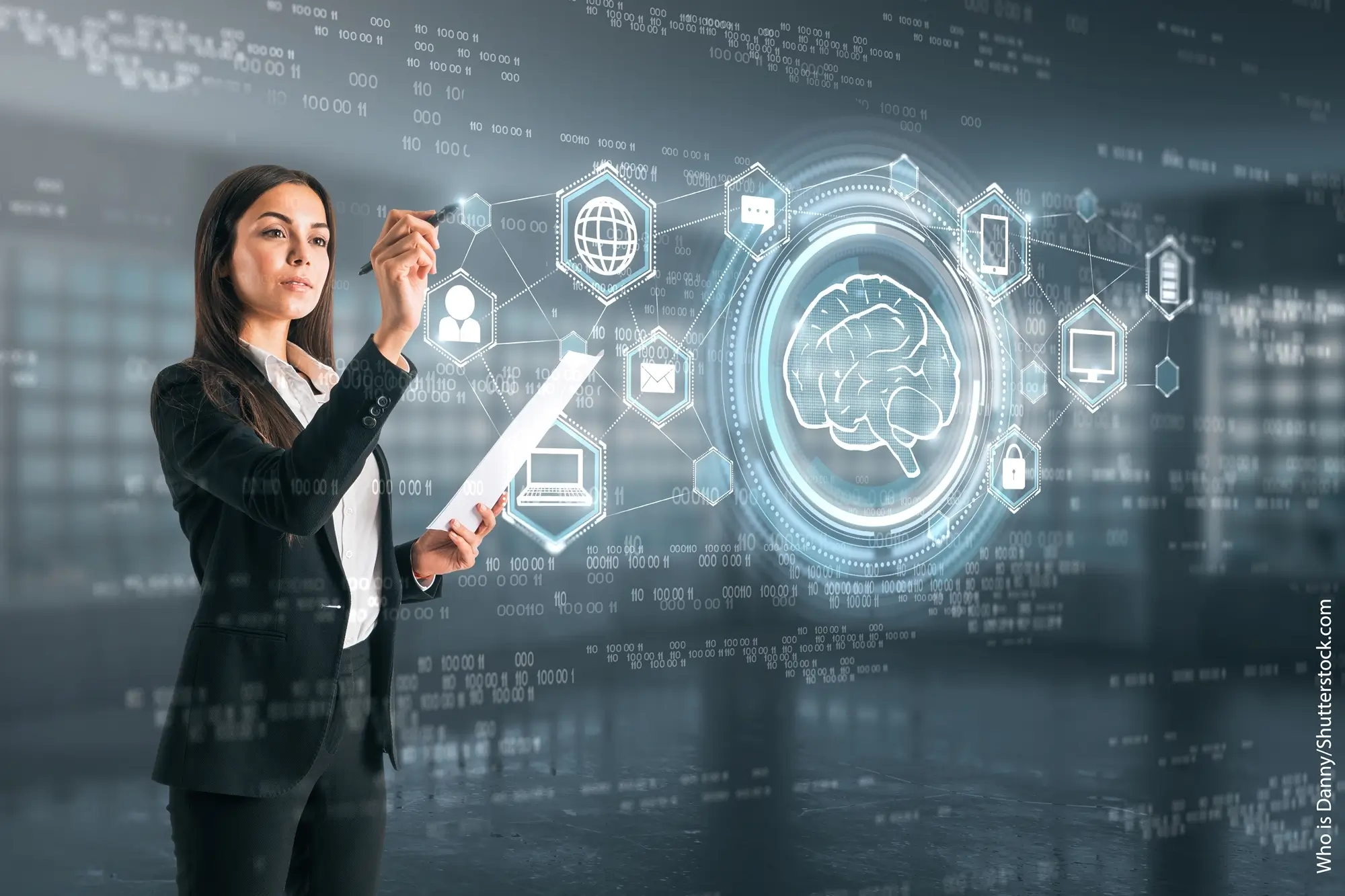In the evolving world of education, Artificial Intelligence (AI) is rapidly shifting how learning experiences are personalized for students. AI-powered tools are now essential in tailoring educational content to individual needs, enhancing engagement, and ensuring measurable outcomes. For educational institutions looking to stay at the forefront of these innovations in 2025, understanding AI’s role in personalizing learning is crucial.
In this post, we’ll explore how AI is reshaping education, provide best practices for educators to integrate AI into their teaching strategies, and highlight the opportunities and outcomes that come from AI-driven learning experiences.
1. Adaptive Learning Systems
AI can assess a student’s strengths, weaknesses, and learning pace in real time, adjusting the difficulty of assignments, tests, and activities. Adaptive learning systems, such as personalized quizzes or gamified learning platforms, are tailored to each student’s progress, ensuring they are neither overwhelmed nor under-challenged.
This adaptability creates a more dynamic and personalized learning experience, where students can thrive at their own pace.
2. Data-Driven Insights
AI aggregates and analyzes vast amounts of data from student interactions with learning platforms, offering teachers insights into performance patterns, potential gaps, and areas needing improvement.
This data helps educators refine their teaching strategies for individual students, ensuring a more personalized and effective learning experience, which in turn leads to better retention and understanding of the subject matter.
3. Natural Language Processing (NLP)
AI-driven chatbots and virtual assistants powered by NLP are enhancing student interaction. These tools can engage with students, answer queries, and provide resources or explanations based on individual learning needs. NLP-powered chatbots offer on-demand help outside of traditional classroom hours, ensuring that students have the support they need whenever they require it.
4. Predictive Analytics for Early Intervention
AI tools can track students’ behavior patterns to predict future outcomes, such as the risk of falling behind or requiring additional intervention. By analyzing trends in student performance, AI allows teachers to take proactive measures, such as providing extra support or adjusting teaching methods to keep students on track and improve their learning outcomes.
Benefits of AI-Personalized Learning for Educators and Students

Implementing AI in the classroom offers numerous benefits for both students and educators. Here are the key advantages of personalized learning powered by AI:
1. Enhanced Engagement and Motivation
AI can offer interactive, gamified learning experiences that adapt to the learner’s level of knowledge. This personalized approach keeps students engaged and motivated throughout their educational journey. Personalized learning paths help students feel a sense of accomplishment as they progress at their own pace, leading to increased motivation and enthusiasm for learning.
2. Efficient Use of Classroom Time
With AI handling certain tasks like grading, content delivery, and real-time feedback, educators can focus more on actual teaching and less on administrative tasks. AI-powered tools ensure that students receive content tailored specifically to their needs, while teachers can devote more time to personalized guidance and instruction.
3. Scalability in Larger Classes
In large classrooms, where it’s often difficult to provide personalized attention to every student, AI can bridge the gap. Whether through automated tutoring, content delivery, or real-time feedback, AI ensures that every student, regardless of class size, receives individualized support. AI tools scale to meet the needs of large groups without sacrificing quality.
4. Supporting Diverse Learning Styles
AI systems cater to different learning preferences—visual, auditory, kinesthetic—by presenting content through various formats such as videos, interactive exercises, or written instructions. This flexibility helps educators meet the needs of every student, ensuring a more inclusive learning environment where all types of learners can succeed.
5. Continuous Progress Tracking
AI tools track student progress continuously, offering personalized recommendations for improvement. This allows teachers to monitor each student’s development and adjust their teaching methods as necessary, fostering an environment of continuous learning and improvement.
Best Practices for Implementing AI in Education

As educators look to harness the power of AI, certain best practices can ensure successful integration of these technologies:
1. Start Small and Scale Gradually
Instead of trying to implement AI across all aspects of the curriculum at once, begin by integrating a few AI-driven tools that align with your educational goals. Focus on specific areas such as adaptive learning platforms or automated assessments. Once you’re comfortable, gradually scale AI integration to other aspects of your teaching practice.
2. Use Data-Driven Decisions
Leverage the data provided by AI systems to make informed decisions about teaching strategies. Whether it’s adjusting lesson plans, offering additional support to struggling students, or providing enrichment to high-performing students, data should be used to optimize learning strategies on an ongoing basis.
3. Create Hybrid Learning Environments
While AI can enhance personalized learning, the human connection and teacher-student interaction remain crucial. Build a hybrid model that blends the best aspects of technology with human guidance. For example, use AI for personalized practice, while reserving classroom time for discussions, collaboration, and critical thinking exercises.
4. Embrace AI-Powered Collaboration
Encourage students to collaborate on AI-powered platforms where they can share resources, discuss assignments, and work on projects together. AI can help facilitate collaborative learning by recommending connections between peers who can support each other’s learning needs, fostering a community of mutual assistance and growth.
5. Provide Professional Development for Teachers
Educators need to understand how to effectively use AI tools. Providing professional development programs to familiarize teachers with AI technology will ensure that they can maximize the potential of the tools at their disposal, helping them become more effective in delivering personalized learning experiences.
Key Technologies Powering AI-Driven Personalized Learning

To fully leverage AI in education, educators must be aware of the technologies powering these innovations. Here are some key technologies driving AI-powered personalized learning:
1. Machine Learning (ML)
Machine learning algorithms allow AI systems to learn from vast datasets and personalize content dynamically. For example, ML can power systems that adjust the difficulty of questions based on real-time student performance, ensuring that each student is constantly challenged at an appropriate level.
2. Natural Language Processing (NLP)
NLP allows AI systems to interact with students in human-like ways. This technology enables chatbots and virtual assistants to engage in conversations with students, offering personalized feedback, explanations, or resources that align with each student’s learning needs.
3. Recommendation Engines
AI-powered recommendation engines analyze student behavior and performance data to suggest personalized resources, activities, or learning paths. The right recommendations can help students focus on areas where they need the most improvement, boosting their learning outcomes and retention.
4. Robotics and Virtual Assistants
AI-powered robots or virtual assistants can interact with students more engagingly. These tools can guide students through lessons, offer immediate feedback, and encourage active learning by responding to queries and offering personalized help as needed.
5. Data Analytics and Insights Tools
AI analytics tools can process large amounts of educational data to provide valuable insights into student performance, behavior, and engagement. This data empowers teachers to make informed decisions about instructional strategies and optimize the learning experience.
Conclusion
By integrating AI into your teaching strategies, you can provide students with customized learning paths that enhance engagement, foster motivation, and improve academic outcomes. It’s not just about adopting Artificial Intelligence; it’s about leveraging it in a way that aligns with your educational goals and empowers both students and teachers to succeed.
As the educational landscape continues to evolve, AI will play an increasingly critical role in shaping the future of learning. Embracing AI-powered tools and strategies will help students achieve their full potential in a rapidly changing world.
Are you looking to advance your teaching practices with AI?
At Let’s Nurture, we specialize in delivering cutting-edge AI, tech, and analytics solutions for the education sector. Connect with us today to discover how we can help you personalize learning experiences in your institution!
Get in touch
Frequently Asked Questions (FAQs)
|
1. What is AI in education?
- AI in education refers to the use of artificial intelligence technologies to enhance teaching and learning experiences. It involves using data to personalize learning, automate administrative tasks, and provide interactive experiences.
|
2. How does AI personalize learning for students?
- AI personalizes learning by analyzing student data, such as learning patterns, preferences, and progress. Based on this data, AI can adjust content delivery, recommend resources, and tailor assessments to meet individual needs.
3. What are the benefits of using AI in classrooms?
- AI enhances engagement, fosters self-paced learning, provides real-time feedback, and helps teachers identify at-risk students for early intervention. It also saves time by automating administrative tasks.
|
4.Can AI replace teachers in the classroom?
- AI is designed to assist teachers, not replace them. While AI can handle certain tasks like grading or providing personalized feedback, human teachers are essential for fostering critical thinking, social skills, and emotional development.
5. What technologies enable AI-powered personalized learning?
- Machine learning, natural language processing, recommendation engines, and data analytics are key technologies driving personalized learning in AI-powered education tools.
|
6. Is AI-based learning scalable for large classrooms?
- Yes, AI can scale effectively in large classrooms by providing individualized support through tools like adaptive learning platforms, automated feedback, and personalized learning paths.
7. What are the challenges of implementing AI in education?
- Key challenges include a lack of teacher training, data privacy concerns, and the need for reliable internet infrastructure. However, these challenges can be overcome with careful planning and integration.
|
8.How do teachers benefit from AI?
- Teachers benefit from AI by automating administrative tasks, gaining data-driven insights into student performance, and having access to tools that offer personalized support to students, freeing up time for more meaningful interaction.
9. How can AI improve student engagement?
- AI enhances student engagement by offering interactive, adaptive learning experiences that match the learner’s pace, making education more personalized and motivating.
|
10. What’s the future of AI in education?
- The future of AI in education looks bright, with continued advancements in personalized learning, real-time analytics, and intelligent tutoring systems. AI will enable a more customized, student-centered learning environment.
|









